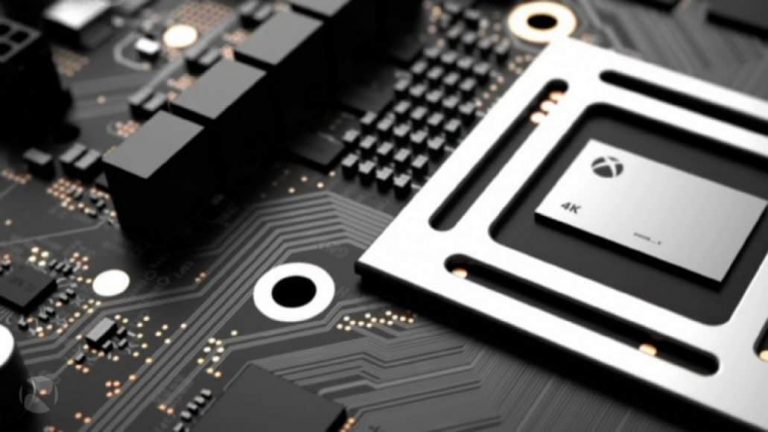Industry reporter and Microsoft observer Brad Sams took to YouTube during this holiday break to dispell a rumor that had recently surfaced about the company’s upcoming console line up. In a quick 10-minute video, Sams addresses an interview given by security analyst Michael Prachter, to the website Gamingbolt about presumed insider sources regarding Microsoft’s plan for its next-gen gaming consoles and the highly reported 240 FPS goals.
Prachter predicts that one of the two consoles that Microsoft will release in the coming years could be capable of providing gamers with 240 (frames per second) gameplay, all in 4K resolution.
“So I think there will be a streaming device, like a $100 Xbox console that doesn’t run 4K or 240 frames per second. And then I think there will be a more expensive $400 console that supports 4K, 240 FPS, virtual reality.”
Sadly, the man who, literally wrote the book on Microsoft’s hardware over the last 15 years, is saying not only is that not going to happen, but, “isn’t a logical use of compute power.”
Furthermore, Sams explains why 240FPS could be more of a marketing pitch than an actuality for Microsoft if, Prachter’s claims are taken at face value.
“Even if Microsoft could hit 240 frames per second, they wouldn’t because of the taxing overhead needed to actually get that framerate could be used for other things. To run the underlying Xbox OS, to tie in the Scarlett Cloud; the benefit of return above 60 diminishes significantly.
You need an expensive computer today. Go spec out a PC today, that does 4K 60 frames per second, stable. It’s not cheap. Granted, if Microsoft wants to build a console between $400 and $500 dollars that is going to achieve 4K 60 they’re going to need a lot of smart thinking from AMD, who is building their next-gen CPU.”
After quickly dispensing with the architecture logic combating Prachter’s 240 FPS claims, Sams moves on to what is arguably the most under-reported aspect about Microsoft’s next-gen consoles, their ‘enterprise-friendly’ chip design.
With a rather sobering prediction for Sony, Sams believes that Microsoft’s recent retrenching into gaming might have more to do with proving its ability to scale cloud infrastructures than with providing the latest and greatest IP to gamers, and that may ultimately put the PlayStation at a technical disadvantage in the future.
“The important thing here is that Microsoft is exploring pathways to make console gaming an enterprise revenue generating entity.”
For the portion of the gaming community ready to launch hate comments about the perception of enterprise-ready gaming, Sams offers the argument that with Microsoft tweaking its business model to becoming primarily a cloud services based company, tuning their gaming division to justify its expenditures under cloud streaming efforts only benefits gamers in the long run.
As Microsoft might look to lease out Xbox hardware as a showcase for its cloud infrastructure, it then becomes the company’s interest to continually update and push out the most powerful hardware to accommodate enterprise-level cloud processes, thus giving gamers more robust hardware to choose from.
Wrapping up the video, Sams predicts FreeSync 2, NAVI based GPU or a Microsoft derivative, and some sort of architecture for the AMD CPU for whatever the company releases gaming related in the next 18 months, but that 240 FPS is “misleading at best.”


